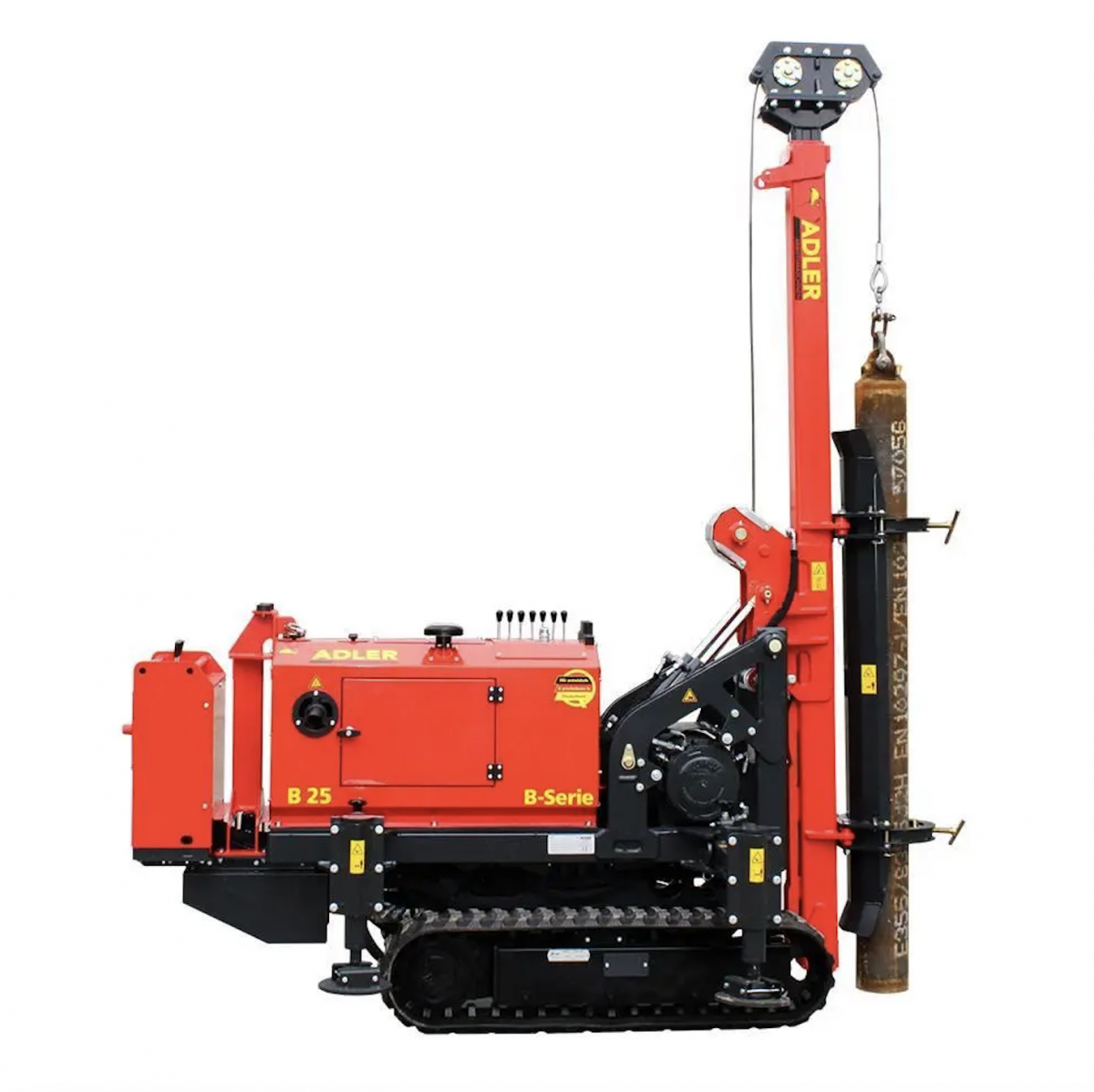In the ever-evolving landscape of urban construction, the shift towards sustainable practices has become paramount. Among these practices, mini piling stands out as a beacon of efficiency and environmental consciousness. This innovative method not only supports the structural integrity of buildings in constrained urban spaces but also aligns with the principles of sustainable development. Let’s delve into how mini piling is making a substantial difference.
Reduced Environmental Footprint
Traditional piling methods often require large machinery, leading to significant soil disruption and carbon emissions. In contrast, mini piling involves smaller, less invasive equipment. A study by the Environmental Protection Agency (EPA) suggests that compact piling rigs can reduce soil disturbance by up to 75% compared to conventional piling. This minimal disturbance is crucial in densely populated urban areas, where the preservation of the surrounding environment is as important as the construction itself.
Material Efficiency
Mini piling techniques have been lauded for their material efficiency. According to the UK Green Building Council, construction accounts for approximately 60% of all materials used in the country, much of which ends up as waste. Mini piling counters this trend by utilising fewer materials more efficiently. For instance, segmental piles used in mini piling can be precisely measured and cut to size, reducing waste by up to 20%, as reported by the Building Research Establishment (BRE).
Energy Consumption
Energy conservation is another realm where mini piling shines. The smaller rigs used in mini piling consume significantly less fuel than their larger counterparts. Data from the Carbon Trust indicates that mini piling rigs can reduce fuel consumption by up to 30%, thereby cutting down the carbon footprint associated with the construction process.
Noise and Air Pollution
Urban construction is often associated with noise and air pollution. However, mini piling rigs produce considerably less noise, which is a boon for densely populated urban areas. A study by the London School of Economics found that noise levels on mini piling sites were about 15 decibels lower than traditional sites, greatly reducing the disturbance to local communities.
Durability and Longevity
Sustainability is not just about the construction process; it also encompasses the lifespan of the structure. Mini piles are known for their durability. The Federation of Piling Specialists (FPS) notes that mini piles have a life expectancy that matches or even exceeds that of traditional piles, often lasting for over 50 years. This longevity reduces the need for frequent repairs or replacements, thereby conserving resources over time.
Conclusion
Mini piling represents a significant stride towards more sustainable urban construction practices. Its reduced environmental impact, material efficiency, lower energy consumption, and minimal disturbance make it an ideal choice for modern urban developments. As cities continue to grow and evolve, embracing techniques like mini piling will be crucial in achieving a balance between development and environmental stewardship.


